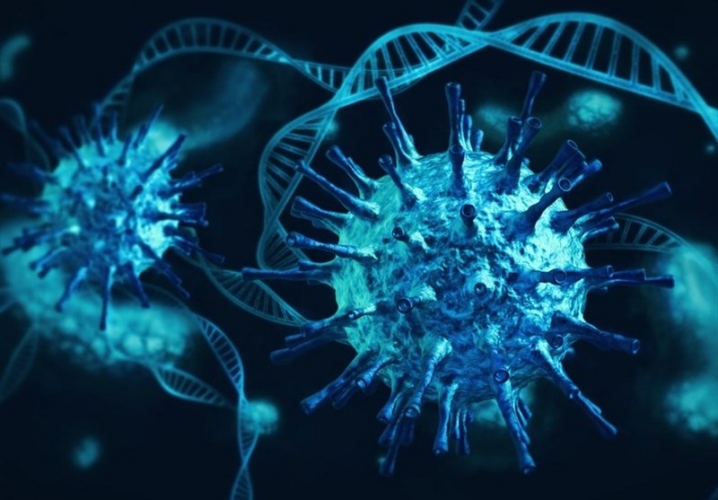Analysis of the coronavirus nucleotides has shed light on another 'shrouded quality' inside the hereditary code of SARS-CoV-2, which may clarify why the virus has been so hard to vanquish

Analysis of the coronavirus nucleotides has shed light on another 'shrouded quality' inside the hereditary code of SARS-CoV-2, which may clarify why the infection has been so hard to vanquish.
The supposed covering quality is named ORF3d and has been concealed inside the structure of nucleotides, the structure squares of DNA and RNA, in the coronavirus for months, undetected up to this point.
"As far as genome size, SARS-CoV-2, and its family members are among the longest RNA infections that exist," clarified lead writer, Chase Nelson from the American Museum of Natural History.
"They are accordingly may be more inclined to 'genomic duplicity' than other RNA infections."
Covering qualities are generally normal, particularly in RNA infections like SARS-CoV-2, so the disclosure isn't really stunning, however, it denotes another test to defeat as humankind attempts to open the puzzle of the Covid scourge.
Scratching the surface
Given how genome scanners are intended to distinguish singular qualities, they can frequently miss covering ones concealed in the middle of neighboring nucleotides. In this specific case, it might end up being a significant vulnerable side in Covid treatment and immunization improvement, yet for the present, researchers don't know without a doubt.
"Missing overlapping genes puts us in peril of overlooking important aspects of viral biology," said Nelson. "In terms of genome size, SARS-CoV-2 and its relatives are among the longest RNA viruses that exist. They are thus perhaps more prone to 'genomic trickery' than other RNA viruses."
Nelson adds that the quality is "as of late advanced" and is along these lines a "top possibility to clarify a portion of the interesting organic ascribes of the infection."
It still can't seem to be set up precisely what capacities ORF3d bears the Covid and whether it may affect momentum and progressing immunization research, yet researchers do realize that it triggers a solid immunizer reaction.
This specific quality has just been distinguished once previously, in a variation of the Covid found in pangolins.
"We don't yet know its capacity or if there's clinical importance," Nelson adds, however given that the novel Covid just has 15 known qualities, finding a shrouded one this far into a worldwide pandemic makes for calming news, paying little heed to generally proclaimed immunization advancements.
The quality is absent from the first SARS-CoV, which caused a lethal flare-up somewhere in the range of 2002 and 2004. Researchers propose it might clarify why the novel Covid is so powerful at spreading among people contrasted with its archetype.
Prior to the pandemic, while working at the Museum as a Gerstner Scholar in Bioinformatics and Computational Biology, Nelson developed a computer program that screens genomes for patterns of genetic change that are unique to overlapping genes. For this study, Nelson teamed up with colleagues from institutions including the Technical University of Munich and the University of California, Berkeley, to apply this software and other methods to the wealth of new sequence data available for SARS-CoV-2. The group is hopeful that other scientists will investigate the gene they discovered in the lab to define its function and possibly determine what role it might have played in the emergence of the pandemic virus.
Partner educator of atomic and near pathobiology at Johns Hopkins School of Medicine Fabio Romerio called the disclosure "another bit of the SARS-CoV-2 riddle that researchers are attempting to assemble to comprehend the infection's science" and proposed it very well may be utilized in the advancement of immunizations or treatments.